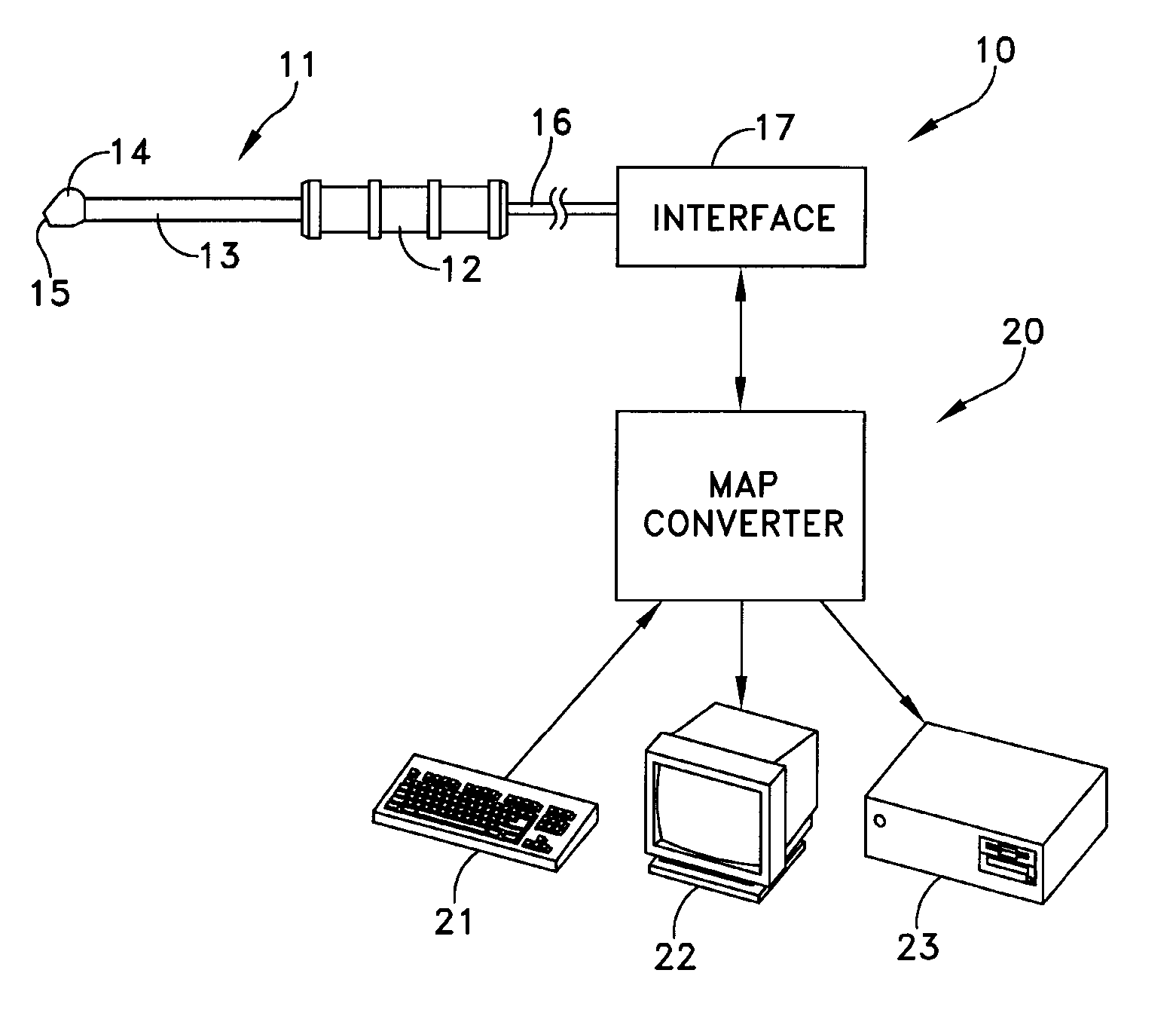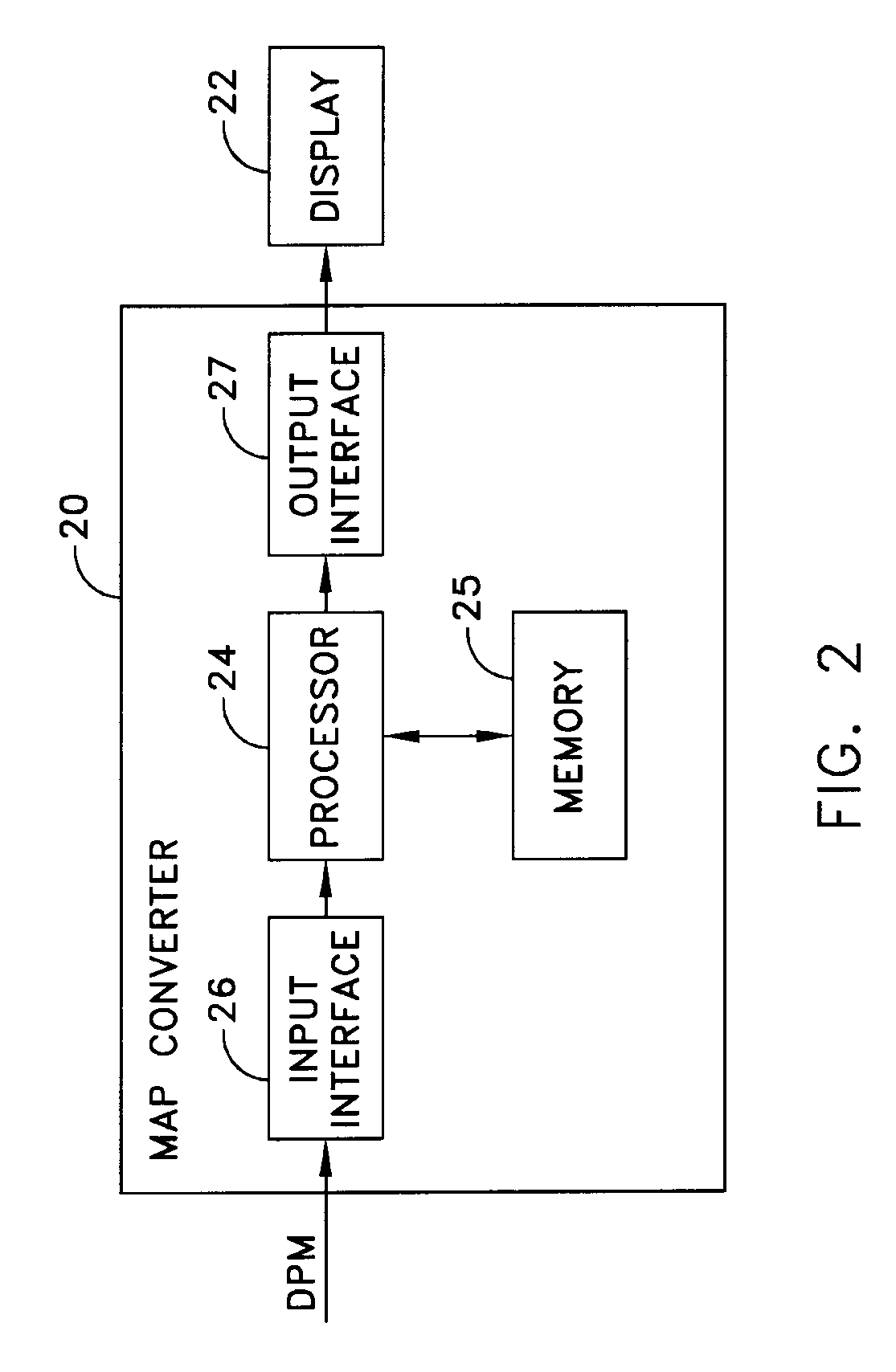Method and apparatus for monitoring the efficacy of fluid resuscitation
a fluid resuscitation and efficacy technology, applied in the field of trauma-induced shock diagnosis, can solve the problems of hemorrhagic shock, a leading cause of combat casualties, and victims often suffer resultant hemorrhagic shock, and achieve the effect of convenient us
- Summary
- Abstract
- Description
- Claims
- Application Information
AI Technical Summary
Benefits of technology
Problems solved by technology
Method used
Image
Examples
Embodiment Construction
[0019]FIG. 1 depicts apparatus for obtaining readings correlated to Mean Arterial Pressure, which apparatus includes a dermal phase meter 10 with a probe 11. The probe 11 includes a handle 12 at a proximal end with an extension 13 intermediate the handle 12 and a distal tip 14. The distal tip has a measuring surface 15 that can have a variety of forms.
[0020]Essentially the surface 15 is defined by two electrodes spaced by an insulating material. In this embodiment the outer portion of the tip forms an outer cylindrical or annular electrode. A rod forms an inner electrode. The insulating material has an annular form and is disposed between the outer and inner electrodes.
[0021]Conductors 16 couple the electrodes in the distal tip 14 to an interface 17 that includes various electronics for sampling data to read the signal developed across the electrodes at some sampling frequency.
[0022]U.S. Pat. No. 6,370,426 (2002) discloses a method and apparatus for measuring relative hydration of a...
PUM
 Login to View More
Login to View More Abstract
Description
Claims
Application Information
 Login to View More
Login to View More - R&D
- Intellectual Property
- Life Sciences
- Materials
- Tech Scout
- Unparalleled Data Quality
- Higher Quality Content
- 60% Fewer Hallucinations
Browse by: Latest US Patents, China's latest patents, Technical Efficacy Thesaurus, Application Domain, Technology Topic, Popular Technical Reports.
© 2025 PatSnap. All rights reserved.Legal|Privacy policy|Modern Slavery Act Transparency Statement|Sitemap|About US| Contact US: help@patsnap.com



